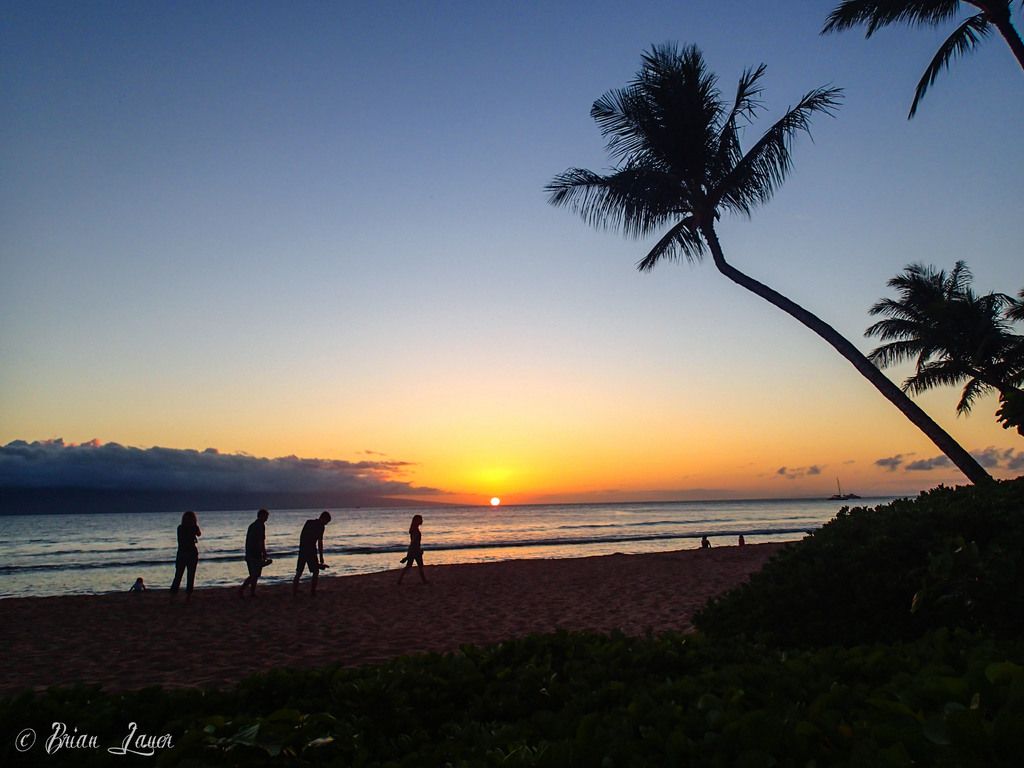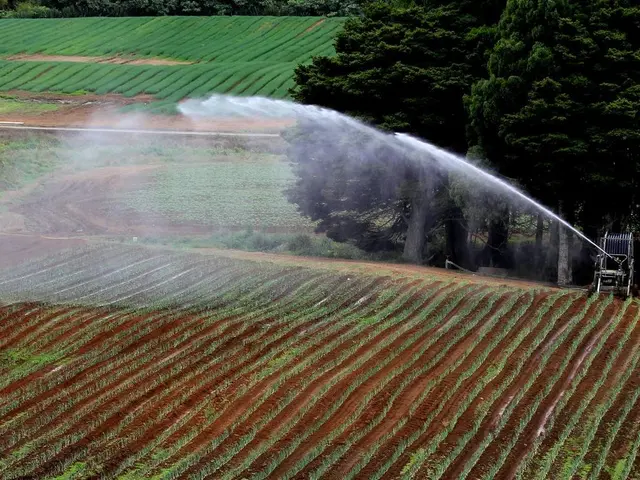Essential Tips for Safe Foraging: Guidelines to Follow
Foraging for Survival:
Mastering the Art of Spotting Edible Plants on the Go
Foraging, the ancient practice of discovering and harvesting wild edibles, offers an exciting opportunity to connect with nature, expand your culinary repertoire, and maybe even find a lifesaver in a survival situation. But stepping into the unknown can be intimidating, so how can you safely and confidently forage for nourishing plants? This ultimate guide will walk you through the necessary steps to become a foraging pro!
Embrace the Learning Journey:
1. Gather Resources: To set yourself up for success, start by collecting reliable resources. Look for reputable field guides, such as Edible Wild Plants and Herbs: A Compendium of Recipes and Remedies and the National Geographic Backyard Guide to Edible Wild Plants. You can also join local foraging groups or follow expert foragers on social media to gain valuable knowledge from the community.
2. Consult Botany Experts: Reach out to botanists, participate in plant identification workshops, or attend foraging workshops led by seasoned professionals to improve your skills and expand your knowledge base.
3. Utilize Online Platforms: Visit websites and blogs from trusted organizations, like the North Texas Master Naturalists, for region-specific guidance on edible and medicinal plants.
Distinct Plant Characteristics:
Learning to identify the unique features of various plants will help you spot edible plants with confidence. Key characteristics to examine include:
1. Leaf shape: Wide varieties of leaf shapes exist in nature—from lobed to slender, round to fern-like. When foraging, be mindful of each plant's distinct leaf patterns.
2. Color: Plants can vary significantly in color, so pay attention to the hues of different species. Some may have vibrant greens, while others may display more obscure shades.
3. Growth patterns: The growth patterns of plants help distinguish them from one another. Observe how the plant grows, whether it has a bushy habit, climbs, creeps, or stands tall.
4. Flower structure: Flowers add beauty to the natural world, but also function as important identifying features. Examine the shapes, colors, and structures of the flowers to aid in plant identification.
Prevention is Key:
1. Avoid the Unknown: Never consume an unknown plant. If you are unsure of a plant's identity, skip it to avoid potential health issues.
2. Be Aware of Allergies: Be aware of common allergens and potential allergies. If you have a history of allergies, consult an allergist before trying new wild foods.
3. Handle Foodborne Illnesses: Some plants may harbor pathogens or cause illness due to improper preparation. Ensure proper cooking methods and storage techniques to minimize the risk.
4. Protect from Environmental Hazards: Stay away from polluted areas, industrial sites, and areas with likely pesticide or heavy metal contamination to avoid consuming potentially harmful substances.
Respect the Environment:
1. Practicing Sustainable Harvest: Harvest only what you'll consume, avoid damaging plant populations, and don't target rare or protected species.
2. Obey Local Regulations: Check local foraging regulations to ensure you're foraging legally and responsibly.
3. Leave No Trace: Adhere to the leave-no-trace principles to minimize your impact on the ecosystem.
Gear Up for the Experience:
1. Essential Tools: Carry a field guide, knife, scissors, gloves, and containers for collecting plants.
2. Proper Maintenance: Keep your tools clean and sharp to promote safety and efficiency.
3. Emergency Preparedness: Bring a first aid kit, understand basic first aid, and have an emergency plan in place.
Continual Learning and Community:
1. Learn from Experienced Foragers: Mentor with skilled foragers and participate in workshops to gain practical skills and safety knowledge.
2. Urban Foraging Considerations: Keep city sanitation, urban heat sources, and potential contaminants in mind when foraging in urban areas.
3. Water Safety: In remote locations, be prepared with a water filter system and be familiar with water filter hacks.
Start Foraging Today:
Embarking on your foraging journey can be both an exciting and enlightening experience. Keep these key guidelines in mind to help you become a pro, and always remember to approach the practice with respect and caution. With time and practice, you'll soon find yourself thriving in nature's natural pantry!
- To excel as a forager, start by amassing valuable resources, such as buying Edible Wild Plants and Herbs: A Compendium of Recipes and Remedies and the National Geographic Backyard Guide to Edible Wild Plants, connecting with local foraging groups, or following expert foragers on social media.
- Enhance your skills by interacting with botanists, attending plant identification workshops, or learning from experienced professionals in foraging.
- Use online platforms of trusted organizations like the North Texas Master Naturalists for specific advice on edible plants and medicinal herbs in your region.
- Be mindful of the distinctive traits of various plants, including their leaf shape, color, growth patterns, and flower structure, for confident foraging.
- Aim to safeguard your health by avoiding unknown plants, being aware of allergens, preventing foodborne illness, and protecting yourself from environmental hazards.
- Show respect for the environment by practicing sustainable harvesting, obeying local regulations, and adhering to the leave-no-trace principles.
- Equip yourself with essential tools, maintain them, and prepare for emergencies by carrying a first aid kit, learning basic first aid, and having an evacuation strategy on hand.
- Continual learning is vital for mastery. Learn from experienced foragers, consider urban foraging challenges, and prioritize water safety during remote excursions.
- The adventure of foraging can teach you valuable self-sufficiency skills, opening a door to outdoor-living, health-and-wellness, fitness-and-exercise, and nutrition supplements within the wilderness.
- By following these guidelines and approaching foraging with respect and caution, you'll embark on an enlightening journey that unites you with your natural surroundings and nourishes your lifestyle.




